
- home
- education
- science
- Minds-on Activities for Teaching Biology
- Next Generation Science Standards
- Remote Ready Biology Activities
- NGSS Biology Activities
- Hands-On Activities for Teaching Biology
- Teaching Climate Change
- Science Education
- Summer Institutes for K-12 Teachers 1995-2010
- Brain & Behavior
- Biology
- Science & Culture
- Complex Systems
- digital humanities
- play
- one world
 © Serendip® 1994 - All rights reserved. Privacy Policy
© Serendip® 1994 - All rights reserved. Privacy Policy
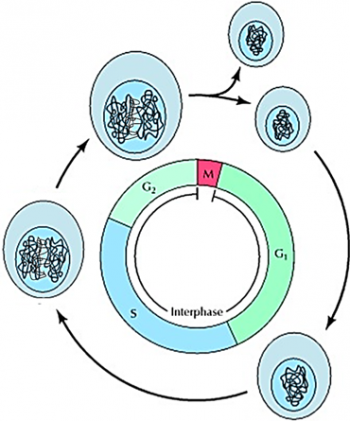

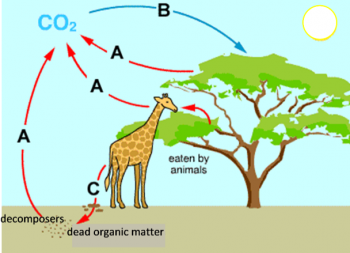
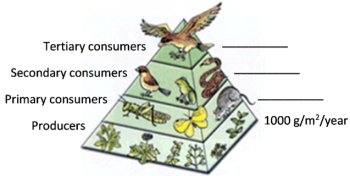
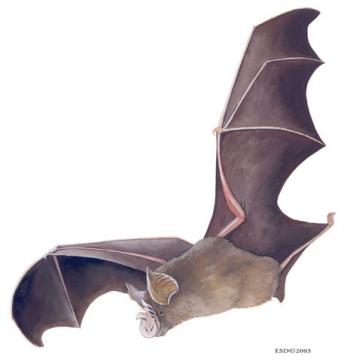
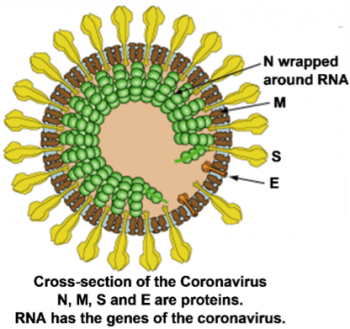
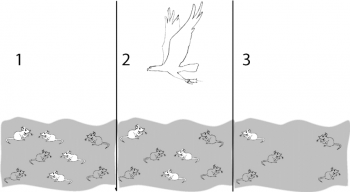
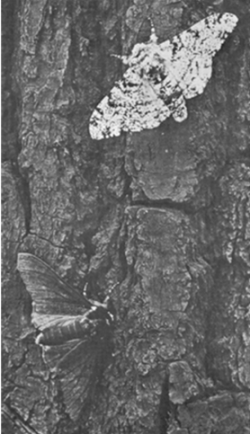 In this minds-on analysis and discussion activity, students interpret evidence concerning natural selection in the peppered moth. The evidence includes (1) the genetic basis for the different color forms of peppered moths, (2) mortality differences between the color forms in different environments, and (3) a history of correlated changes in the environment and the proportion of moths with each color form.
In this minds-on analysis and discussion activity, students interpret evidence concerning natural selection in the peppered moth. The evidence includes (1) the genetic basis for the different color forms of peppered moths, (2) mortality differences between the color forms in different environments, and (3) a history of correlated changes in the environment and the proportion of moths with each color form.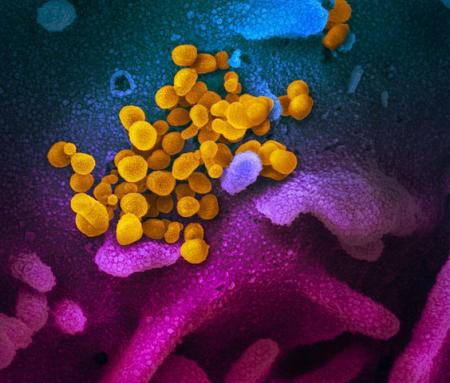 Our understanding of the novel coronavirus and the COVID-19 pandemic continues to change rapidly. The following resources for teaching high school biology students are up-to-date as of November 2022. Previously provided resources are available at (
Our understanding of the novel coronavirus and the COVID-19 pandemic continues to change rapidly. The following resources for teaching high school biology students are up-to-date as of November 2022. Previously provided resources are available at (